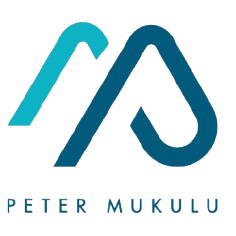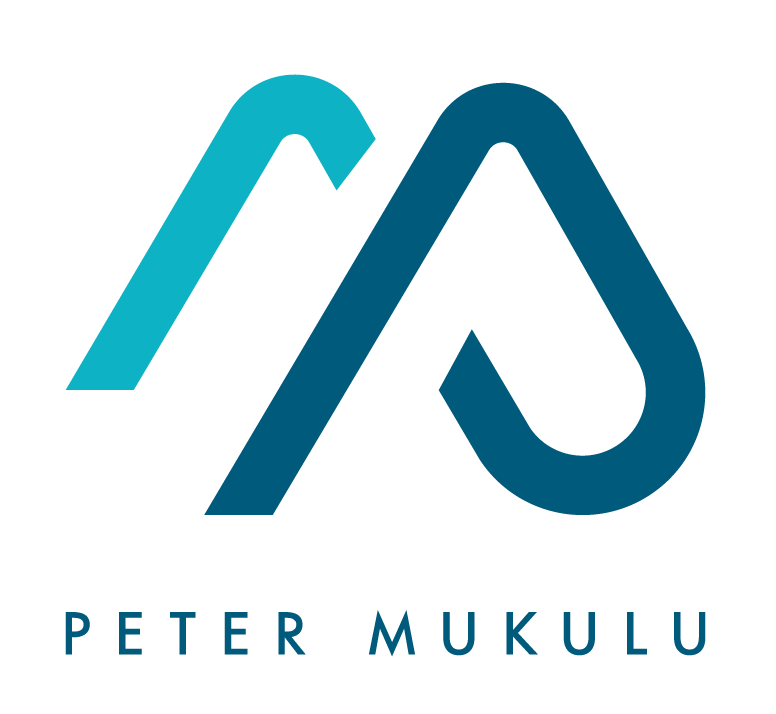
How-to -Test Hotel Feasibility
How-to -Test Hotel Feasibility
When designing a hotel, the architect and development team must create an economically feasible project. Unless the hotel’s owner is ego-driven rather than economically motivated, most investors seek a return on their invested capital. Since feasibility means different things to different people, I have prepared many feasibility studies as a hotel consultant. I have been asked to provide my perspective on this topic.
I like to use a process for determining whether a proposed hotel is economically feasible: compare the total project cost (including land) with its estimated economic value on the open date. A viable project is one with greater financial value than the cost. Accurately estimating the total project cost is a relatively simple process for the architect and development team. However, determining the economic value is much more complicated.
The first step in the valuation process is to perform a market study, in which the local hotel demand is quantified and allocated among the existing and proposed supply of lodging facilities. The allocation of room-night demand is based on the relative competitiveness of all the hotels in the market. The result is a projection of demand captured by the proposed subject hotel, which is then converted into an estimate of annual occupancy. A similar procedure is used to project the average room rate.
The second step is to project the hotel’s operating revenue and expenses based on the previously estimated occupancy and room rate. This results in an estimate of annual net operating income. Most consultants use a five-to-ten-year projection period, so this process needs to be repeated for each year. The last step is to convert the projected NOI into an estimate of value using a weighted cost of capital discounted cash flow procedure. The result is an estimate of economic value that can be compared to the total project cost.
Some consultants will substitute a net present value calculation or determine the internal rate of return (IRR) for the last step. However, I prefer the economic value approach because it allows you to compare “apples with apples” – i.e., cost with value.
As you can see, determining economic value requires local market knowledge, hotel financial expertise, and experience with valuation methodology. Luckily for architects and hotel developers, two simple rules of thumb will provide a rough approximation of whether a project is economically feasible.
The first thumb rule tests the cost of the land to determine whether it exceeds a supportable economic land value. The following formula calculates economic land value:
Occupancy x ADR x Rooms x 365 x .04/.08 = Economic Land Value
For example, a proposed hotel is being considered for a parcel of land that can be acquired for $3,800,000. Zoning permits the development of 200 rooms. Based on local market conditions, the proposed hotel should achieve a stabilized occupancy of 70% and an average rate of $150. Using these inputs, the Economic Land Value would be calculated as follows:
70 Occupancy x $150 ADR x 200 Rooms x 365 x .04/.08 = $3,832,500.
The calculation shows that the Economic Land Value is above the cost of the land, so the developer is not overpaying for the land. If the land cost is $4,000,000 or above, the developer needs to re-evaluate the project because the hotel’s underlying economics do not support it. Perhaps additional rooms could be added, increasing the room count, or a higher quality of hotel development would increase the average room rate. This Economic Land Value formula works well in most markets. The .04 factor can be moved to .08 for prime center city locations.
The second rule of thumb is the Average Rate Multiplier formula. This is a simple way to approximate a hotel’s total economic value. The formula is as follows;
ADR x Rooms x 1,000 = Economic value
Using the numbers from the example above produces the following Economic Value
$150 x 200 x 1,000 = $30,000,000
If the hotel’s total development cost is over $30,000,000, there could be a feasibility problem. In most cases, the development cost is significantly higher than the economic value because the local market’s average room rate is too low to support the contemplated improvements. In these situations, the proposed plans and specifications must be scaled back to produce a lower total project cost, which might create a feasible project.
Another reference point is the percentage relationship between the hotel’s land cost and economic value. In this example, the land value is approximately 13% of the overall monetary value ($3,832,500/30,000,000 = 13%). This relationship should be no more than 15% to 20%. This percentage relationship can be higher in other parts of the world where labor costs are low.
Using these hotel feasibility rules of thumb combined with a professionally prepared study will ensure the architect and developer are not creating a project without economic viability. As with any rule of thumb, numerous exceptions must be factored into the evaluation. Before abandoning a project because the rules don’t produce the desired results, it is an excellent time to call a professional consultant to prepare a more in-depth analysis to verify or dispute the conclusions made by the rule of thumb.


Leave a Reply